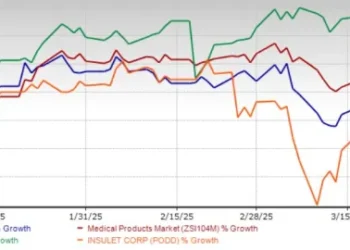In 1910, Abraham Flexner published a report that would forever alter the course of American medicine. Commissioned by the Carnegie Foundation, with heavy backing and subsequent implementation through Rockefeller Foundation dollars, the Flexner Report sought to standardize and reform medical education across North America. Its stated purpose: to elevate scientific rigor and eliminate fraudulent or substandard medical training.
But behind this noble mission lay a deeper agenda—one that aligned with the economic interests of powerful industrialists and paved the way for a pharmaceutical-dominated model of medicine, much of it built on petrochemical foundations developed by Standard Oil, the Rockefeller empire
From Education Reform to Industrial Medicine
The Flexner Report evaluated 155 medical schools and recommended closing nearly half. Schools teaching homeopathy, naturopathy, and other non-allopathic approaches were deemed unscientific and unworthy of accreditation. This effectively eliminated most forms of natural or holistic medicine from mainstream legitimacy and entrenched biomedical orthodoxy into the curriculum of surviving institutions.
But this was more than just education reform—it was a restructuring of the medical-industrial complex.
The report ushered in:
- A centralized, science-based model of medicine
- A curriculum focused on pharmacology and laboratory science
- Licensing structures aligned with the American Medical Association, which itself received major philanthropic support from Rockefeller-linked foundations
This realignment ensured that future physicians would be trained in a system that viewed pharmaceuticals as the primary mode of treatment—and those pharmaceuticals were increasingly tied to petrochemical derivatives.
The Petrochemical Roots of Chemotherapy
It’s no historical coincidence that many of the earliest and most widely used chemotherapy agents are hydrocarbon-based compounds. Petrochemical innovations from companies connected to Standard Oil’s vast industrial empire provided the foundation for synthetic drug development.
Examples include:
- Nitrogen mustards, among the first chemotherapeutic agents, derived from chemical warfare research in the early 20th century.
- Vincristine and vinblastine, originally sourced from natural alkaloids but later synthesized with petrochemical inputs.
- A variety of alkylating agents, antimetabolites, and antibiotics used in cancer therapy that trace their molecular backbone to hydrocarbon chains refined and repurposed from industrial chemical processes.
With Standard Oil’s transformation into conglomerates like ExxonMobil, Chevron, and pharma-aligned entities like Merck, the integration between oil-derived chemistry and pharmaceutical innovation became seamless.
The Rockefeller Legacy in Medicine
The Rockefeller Institute for Medical Research (now Rockefeller University) was established in 1901 and quickly became the gold standard of medical science. Backed by wealth from Standard Oil, the Rockefellers used their philanthropic clout to influence:
- Medical school curricula
- Public health policy
- The growth of pharmaceutical corporations
- Global health institutions like the World Health Organization
This wasn’t mere charity—it was strategic investment. By underwriting institutions and shaping regulation, the Rockefeller legacy ensured that medicine would remain aligned with patentable, scalable, and profitable treatments.
And the result? A system in which:
- Prevention takes a backseat to treatment
- Natural remedies are marginalized
- Drug-based protocols dominate the healthcare economy
A Century Later: The System Endures
The impact of the Flexner Report and Rockefeller-backed medical reform persists:
- Medical education remains anchored in pharmacology and lab science.
- Non-allopathic care is often still viewed as fringe or pseudoscientific.
- Pharmaceutical companies, many tracing their origins to early 20th-century chemical conglomerates, dominate global health markets.
This system has achieved incredible breakthroughs—from antibiotics to vaccines to cancer therapies—but it also raises critical questions:
- What is the cost of marginalizing alternative paradigms?
- How much of our healthcare policy is shaped by scientific consensus—and how much by legacy industrial interests?
- Can we still afford a one-size-fits-all model built on early 20th-century assumptions?
Final Thoughts
The Flexner Report was the spark, but Rockefeller philanthropy and petrochemical innovation were the fuel that built modern medicine’s foundations. As we reassess healthcare in the 21st century—rife with chronic disease, overmedication, and mounting costs—it’s worth remembering how much of our current model was engineered, not just discovered.
Understanding that history may be the first step toward reclaiming a more diverse, patient-centered, and integrative future for medicine.















